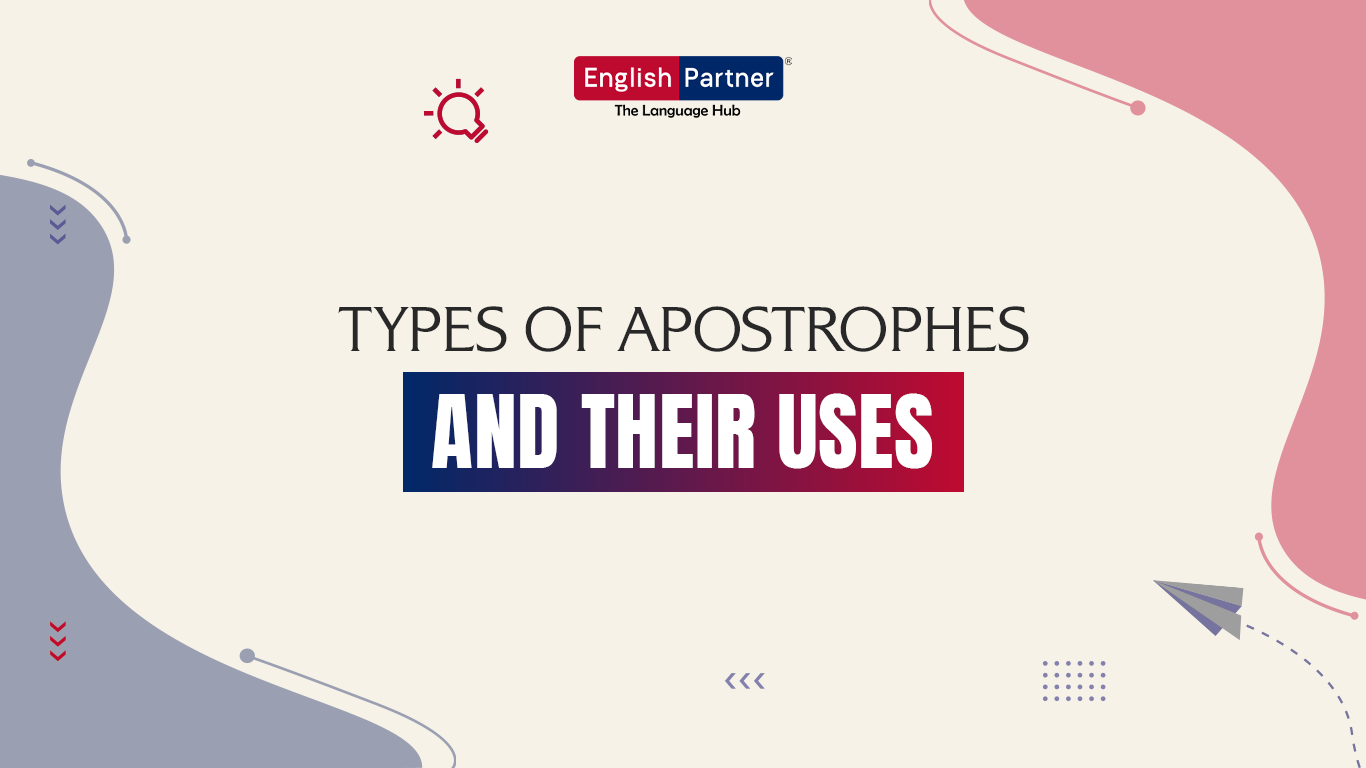
Have you ever wondered why you see an apostrophe in “don’t” but not in want? The apostrophe, a tiny symbol, can cause a lot of confusion. It’s often misused, leading to grammatical errors that can make your writing look sloppy.
Ever found yourself scratching your head over the apostrophe? This tiny punctuation mark can be a real head-scratcher. Apostrophes often seem to follow their own rules.
An apostrophe is a punctuation mark (’) used primarily to indicate possession or the omission of letters in contractions.
For example, in “Sarah’s book,” the apostrophe shows that the book belongs to Sarah, while in “don’t,” it indicates the omission of the letter “o” in “do not.”
Let us know the usage of Apostrophe,
Two main usage of Apostrophe,
1.Singular nouns:
Add an apostrophe and an “s” to show ownership.
To show ownership for a singular noun, add an apostrophe and an ‘s.’
Example: “The dog’s bone” means the bone belongs to the dog.
2.Plural nouns ending in “s”:
For plural nouns that end in ‘s,’ just add an apostrophe to show ownership.
Example: “The boys’ toys” means the toys belong to the boys.
The Joneses’ house
Here, in the sentence above the apostrophe in Joneses’ indicates that the house belongs to the Jones family.
The students’ books
Here the apostrophe (‘) in students indicates that the books belong to the students.
The businesses’ profits
The apostrophe near the word businesses (‘) denotes to the profits earned by multiple businesses
Plural nouns not ending in “s”:
Add an apostrophe and an “s” to show ownership.
With plural nouns that don’t end in ‘s,’ add an apostrophe and an ‘s’ to show ownership.
Example: “The men’s shoes” means the shoes belong to the men.
NOTE: Always use an apostrophe to show ownership, not to make nouns plural.
For example, “cats” is the plural of “cat,” not “cat’s.”
Possessive Proper Nouns Ending in “s”
Add an apostrophe or apostrophe + “s” to show ownership.
Examples:
Both options are correct. There is no strict rule about which one to use. Some people prefer one style over the other, while others may use both interchangeably.
Singular nouns:
Plural nouns:
Apostrophes can be used to indicate a specific time or amount. Here’s a breakdown:
Years: “Last year’s schedule” refers to the schedule from the previous year.
Decades: “The 1980s’ music” refers to music from the 1980s.
Other time periods: “A day’s work,” “A week’s vacation”
Amounts or Measures

With its little number, the apostrophe is an essential part of English language. It’s used to create contractions and to denote possession. Knowing how to use it correctly will greatly enhance your writing.
Recall that apostrophes are more than simply symbols. Their use is governed by certain guidelines. Your work will be grammatically correct, succinct, and clear if you adhere to these rules.
Here, we at English Partner train you with the best trainers. Our mentors guide your way to communicate better. Consistent feedback and encouragement from Mentors will help you to become better with language. Enrol English Partner’s Spoken English Course Today.
Use an apostrophe to replace missing letters in contractions. For example, “don’t” is a contraction for “do not.”
No, you cannot use an apostrophe to make a noun plural. For example, the plural of “cat” is “cats,” not “cat’s.”
You can either add just an apostrophe or an apostrophe and an “s” to show possession. For example, “Charles’ book” or “Charles’s book” both indicate that the book belongs to Charles.
